Glimpsing a Net Zero Energy Education Future in Baltimore
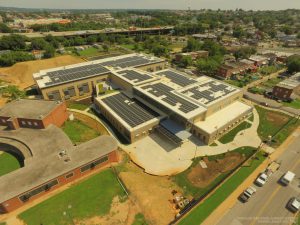
Graceland Park / O’Donnell Heights elementary and middle school sit to the right of the old school building photo credit: Baltimore City Schools
Last week Maryland’s second and third net zero energy public schools opened in Baltimore, Graceland Park/O’Donnell Heights Elementary/Middle School and Holabird Academy. Both of these schools were designed and built to maximize energy efficiency and will produce as much energy as they use every year. The Maryland Energy Administration (MEA) helped to provide $5 million in funding via the Maryland Net Zero Energy Schools Program, a program created to support the construction of three net zero energy public schools within the state of Maryland.
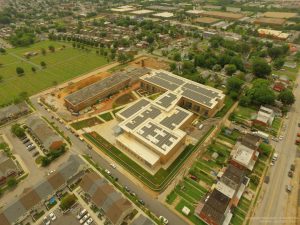
Holabird Academy from above showcasing their solar power generating roof photo credit: Baltimore City Schools
Using funds from a utility settlement, all three net zero energy schools were required to be located within the Baltimore Gas and Electric service territory. At the beginning of this effort, research identified the most effective way to achieve net zero energy status was to incorporate net zero elements at the earliest stages of design, by first making the building as efficient as possible. By increasing energy efficiency, both buildings need less energy to operate. To enable the design and construction of the two new net zero schools, Baltimore City Public School System was awarded $2.4 million for Holabird Academy and $2.77 million for Graceland Park/O’Donnell Heights.
See a video look inside the school from dedication day here where Director Mary Beth Tung, Ph.D., Esq. helped with the ribbon cutting.
The Graceland Park/O’Donnell Heights and Holabird Academy are unique in several ways. First of all, these schools are nearly identical (except for building orientation), allowing an opportunity to compare how building operations impact energy performance. In addition, these schools are Maryland’s first net zero energy public schools in an urban environment, as well as the first Title 1 public schools. Both of these schools address important social equity issues, all students have a clean, safe learning environment. MEA’s Low-to-Moderate Income Energy Efficiency grant is another area where MEA strives to address social equity, read here about the national award received last year, here.
The net zero energy schools were both built with extra thick walls and foam insulation to maximize insulation. The outside walls are called the exterior envelope and were constructed of Insulated Concrete Form (ICF) walls which does not allow outside air in while keeping the conditioned air inside. photo credit: Baltimore City Schools. Take a look at this behind the scenes construction video made by Baltimore City Schools here.
Classroom window sizes are optimized to reduce solar heat gain and eliminate the requirement for expensive or complicated daylight harvesting controls while preserving views from inside the “learning lab” at child level. High windows and tubular skylights provide natural daylight to major interior spaces.
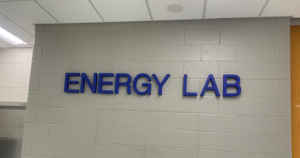
These prototype schools will demonstrate Baltimore’s focus on project-based learning, sustainability, and energy-conscious design for urban schools in urban environments. Both schools have a 600 student capacity for grades pre-k to 8th. The same basic school layout was utilized for both Graceland Park/O’donnell Heights and Holabird Academy, making them uniquely situated to provide opportunities to evaluate how differences in day-to-day operations can impact energy usage. MEA and Baltimore City Public Schools are keen to follow the progress of these two new schools as they begin operation.
Each rooftop can accommodate 1,800 photovoltaics or solar panels which are expected to generate 695 megawatt hours. Skylights increase the ambient lighting and help decrease costs as well photo credit: Baltimore City Schools. Each school will implement ongoing collaboration between their maintenance, IT, and food services teams to reduce energy consumption through equipment and operation.
Both schools feature geothermal wells that go down 400 feet and help with heating and air conditioning. Every classroom has a heat pump attached to the geothermal system, for better local control. CO2 monitoring is done via a centralized system and provides demand control ventilation.
Outdoor solar energy classrooms will be featured at both Graceland Park/O’donnell Heights and Holabird Academy to provide unique learning opportunities for students photo credit: Grimm and Parker architects.
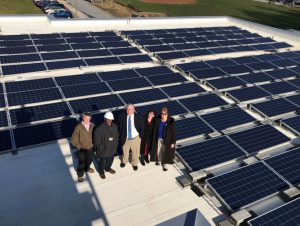
Maryland’s first net zero energy school, Wilde Lake Middle School, opened in January of 2017 and is located in Howard County. MEA provided $2.77 million towards the construction of the Wilde Lake and our team took a tour just before the school opened. See more from our tour here.
Web-based energy dashboard systems in all three of Maryland’s net zero energy schools feature integrated with an environmental literacy program to provide opportunities for students and visitors with easy access to information on the building’s energy features and performance through multiple media devices photo credit: Grimm and Parker architects.
Wilde Lake, Holabird and Graceland schools will motivate students, their families and the community to aim high when it comes to clean, green energy. Energy lessons will be integrated into daily lessons for the students. Each of the net zero energy schools features an integrated energy kiosk that provides information on the building’s energy generation and energy use. Getting people to think about energy is one of our biggest challenges. However, these schools will make energy a focal point and may even inspire our next generation of Science, Technology, Engineering, and Math (STEM) career professionals, possibly resulting in a future astronaut, electrical engineer, oceanographer or brain surgeon.

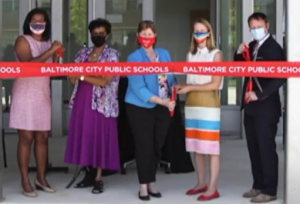
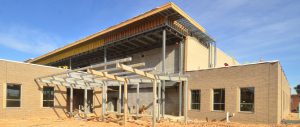
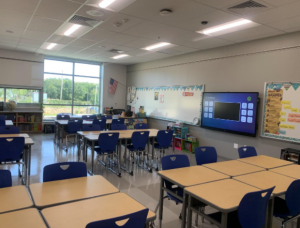
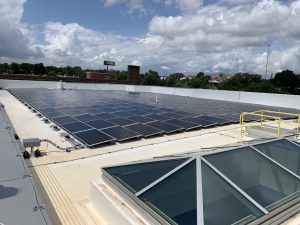
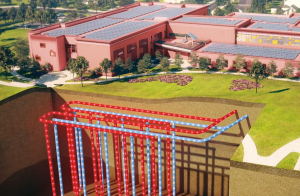
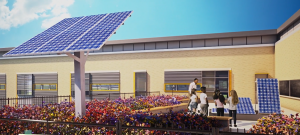
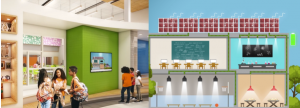
 1-888-373-7888
1-888-373-7888 233733
233733